The rule of odds is a compositional guideline used by photographers, painters, and more–but how does it work, and what can it offer you?
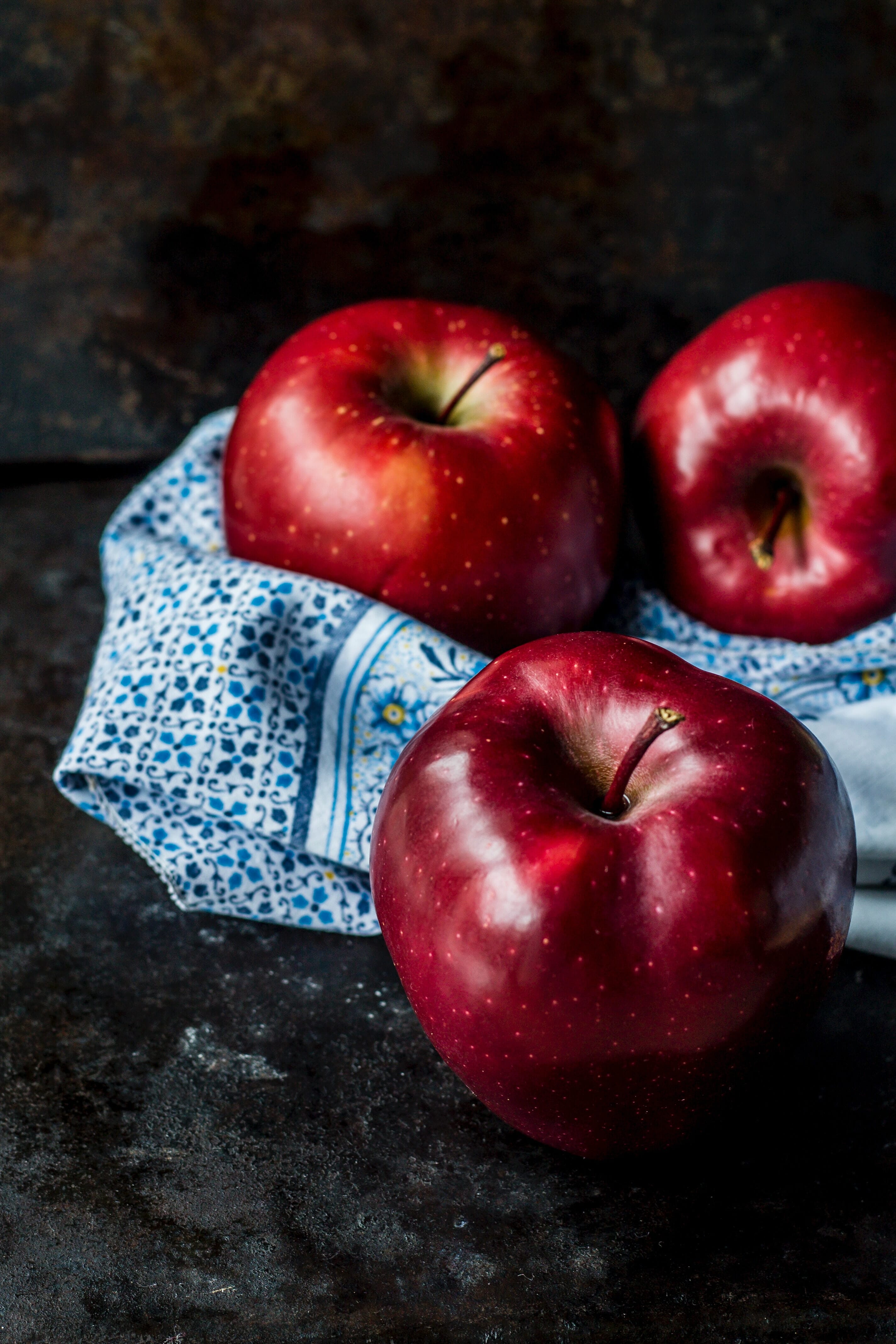
While the rule of odds isn’t especially talked about, it’s a mighty way to spice up your photos. In fact, using the rule of odds allows you to make a tiny tweak to your compositions…
…and get amazing results.
Let’s take a closer look at what the rule of odds is, and how you can use it for gorgeous photos.
Rule of Odds in Photography:
What Is the Rule of Odds?
The rule of odds is very simple:
It states that the best photos include an odd number of elements.
So when you look at a photo, and you count up the key parts of the composition…
…there should be one, three, five, or seven of them (assuming you’re after a compelling photo).
Whereas a photo with two, four, six, or eight key compositional elements just won’t work as well.
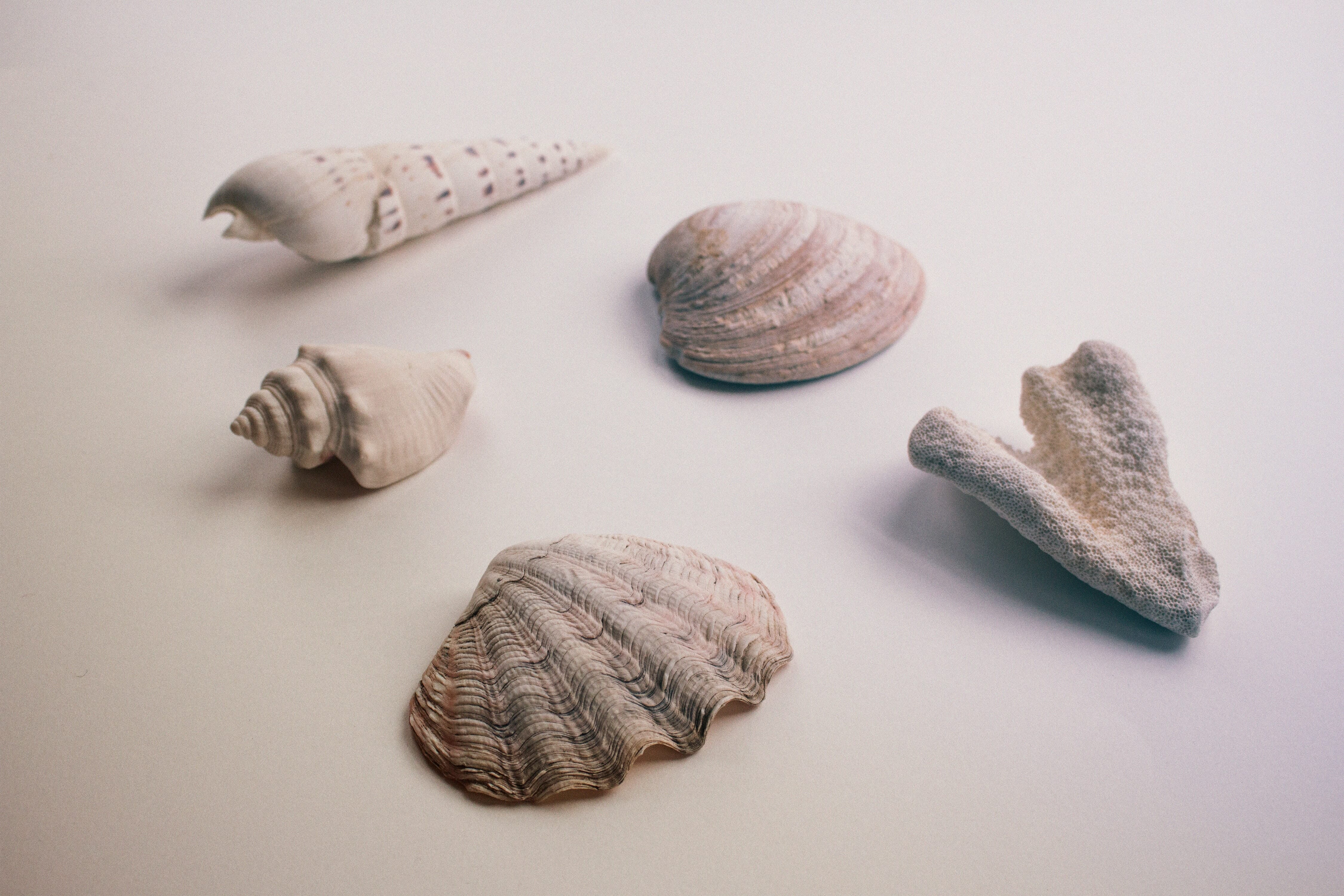
First of all, you’re probably wondering:
Where does this come from? Why do odd numbers of elements produce better images than even numbers of elements?
That’s very much up for debate, and it’s a point of contention among photographers and visual artists. That said, photographers often refer back to an idea about the mind grouping even-numbered items–so when you have two items, the mind tends to group them together, whereas when you have three items, the mind allows each item to stand alone.
(Same with four items versus five items, and six items versus seven items, etc.)
Personally, I find that using the rule of odds produces more dynamic photos. Two items tend to stabilize one another, which can work from a compositional perspective but doesn’t really add life or movement to a scene–whereas three items allow the viewer to move from place to place throughout the composition. The sense of balance is still there, but it’s a flowing, dynamic balance.
How to Use the Rule of Odds for Stunning Results
The rule of odds will help you get better photos, but how can you actually use it in your compositions?
First, you have to identify the key elements in your photo.
So if you’re capturing an image of a person, the person may be the only key element (or the person’s face, or the person’s eyes, depending on how tight you’re shooting).
If you’re capturing an image of some cherries in a bowl, then the cherries are a key element, as is the bowl.
Then note where the key elements are grouped together. This generally includes items that are touching, or items that are close to one another.
Next, make sure that the primary groups include an odd number of items.
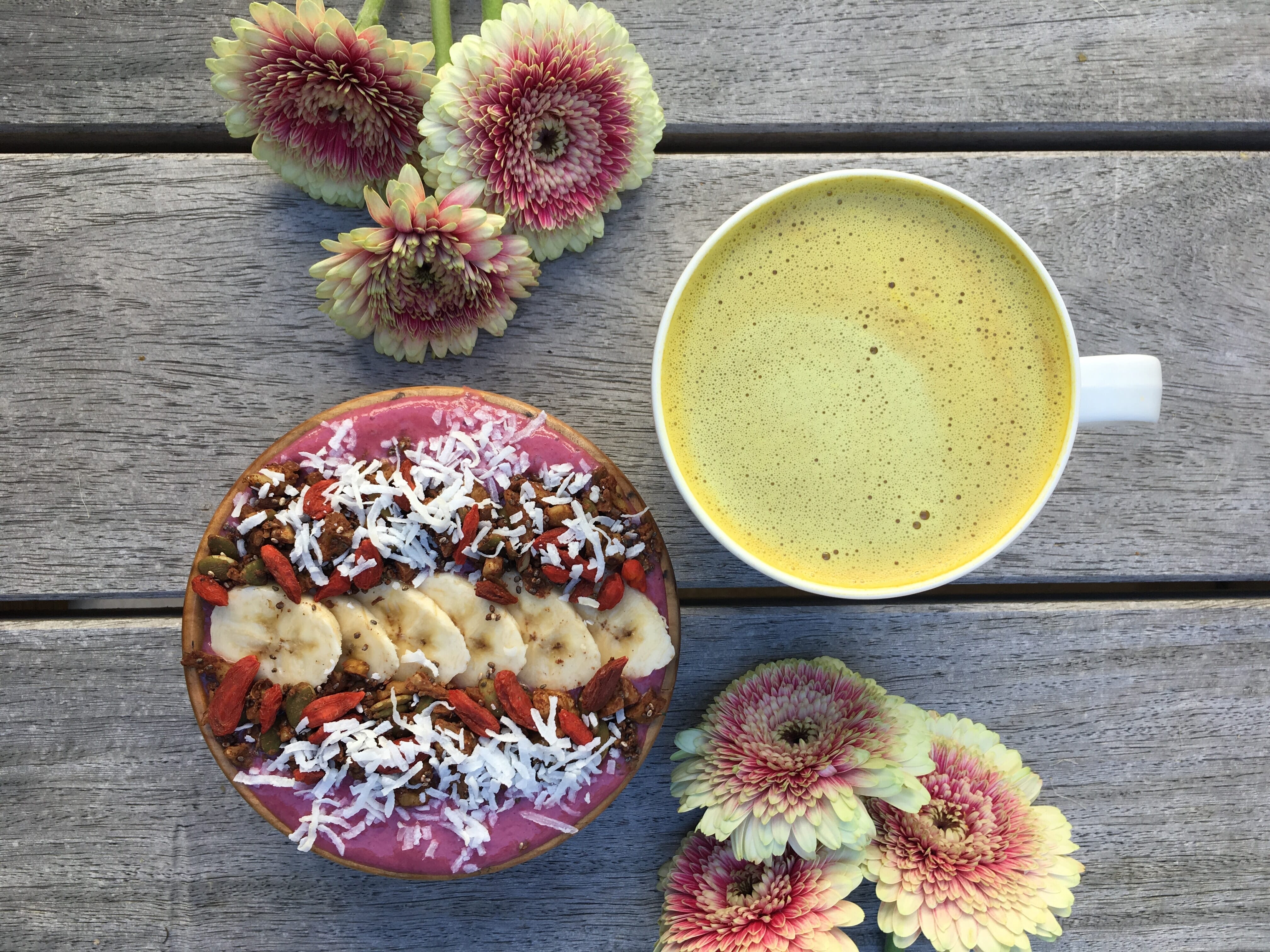
I’ve specifically encouraged you to only look at the primary groups because it’s easy to get overwhelmed by the groups in a scene; after all, a simple landscape scene might have a few big rocks as the primary group, but thousands of grains of sand, a whole foreground of algae tendrils, dozens of waves, and so on.
In other words:
Less prominent groups aren’t important. It’s the main one to four groups that matter, not the details.
(By the way, if you did the first step properly–where you identify the key elements in your photo–you’ll often weed out these unnecessary details from the beginning. But it always pays to make sure you’re focusing on what matters, especially because certain compositional elements can sneak through the culling process and become overwhelming later!).
Finally, you have three options:
If you’re doing any photography in which you can affect the composition (i.e., by moving pieces around), then I’d recommend you find the even-numbered groups and remove a key element from them.
This will work for still life photography, where you can easily remove a bottle or a bowl, as well as food photography, where you can easily remove a fruit or a leaf, and product photography, where you can easily remove extra products.
And if you’re doing any photography where you can’t affect the composition, then I’d recommend you adjust your composition so that you can pare down the number of items.
So if you’re doing landscape photography and you have two sea stacks in the background, you could zoom in to reduce the sea stacks down to one (or you could zoom out to increase the sea stack count to three).
And if you’re doing bird photography, wait for one bird to leave the frame, or another bird to enter.
Make sense?
And as for the third option:
You can remove or add items during post-processing.
I don’t recommend you rely on this, because it can be difficult to predict how adding or removing elements will turn out. Some items are easy to clone out, while others are a nightmare, plus you often want to spend as little time dealing with such tedious tasks as possible.
Of course, you can also get rid of items via cropping, and this can work well when you have extra elements along the edges–but if your grouped elements are toward the middle of the shot, you’re going to need to use a different method outlined above.
When Should You Use the Rule of Odds?
The rule of odds isn’t technically a rule.
In fact, you’ll find many fantastic images that ignore the rule of odds.
But the rule of odds will, on average, make your photos more dynamic, which is why you should at least be aware of it.
You can often test out a composition with even and odd items, then decide what works best for you (so you don’t have to worry about potentially ruining a compelling composition by blindly following the rule!).
Here are some common situations where the rule of odds does well:
One-Element Scenes
When you’re photographing a potential one-element scene–that is, a scene that only has a single prominent feature–the rule of odds can work well. By keeping that prominent feature isolated, it allows you to focus the viewer, while keeping the composition nice and simplified.
This is often the case in portrait photography, where you can capture a subject posing alone.
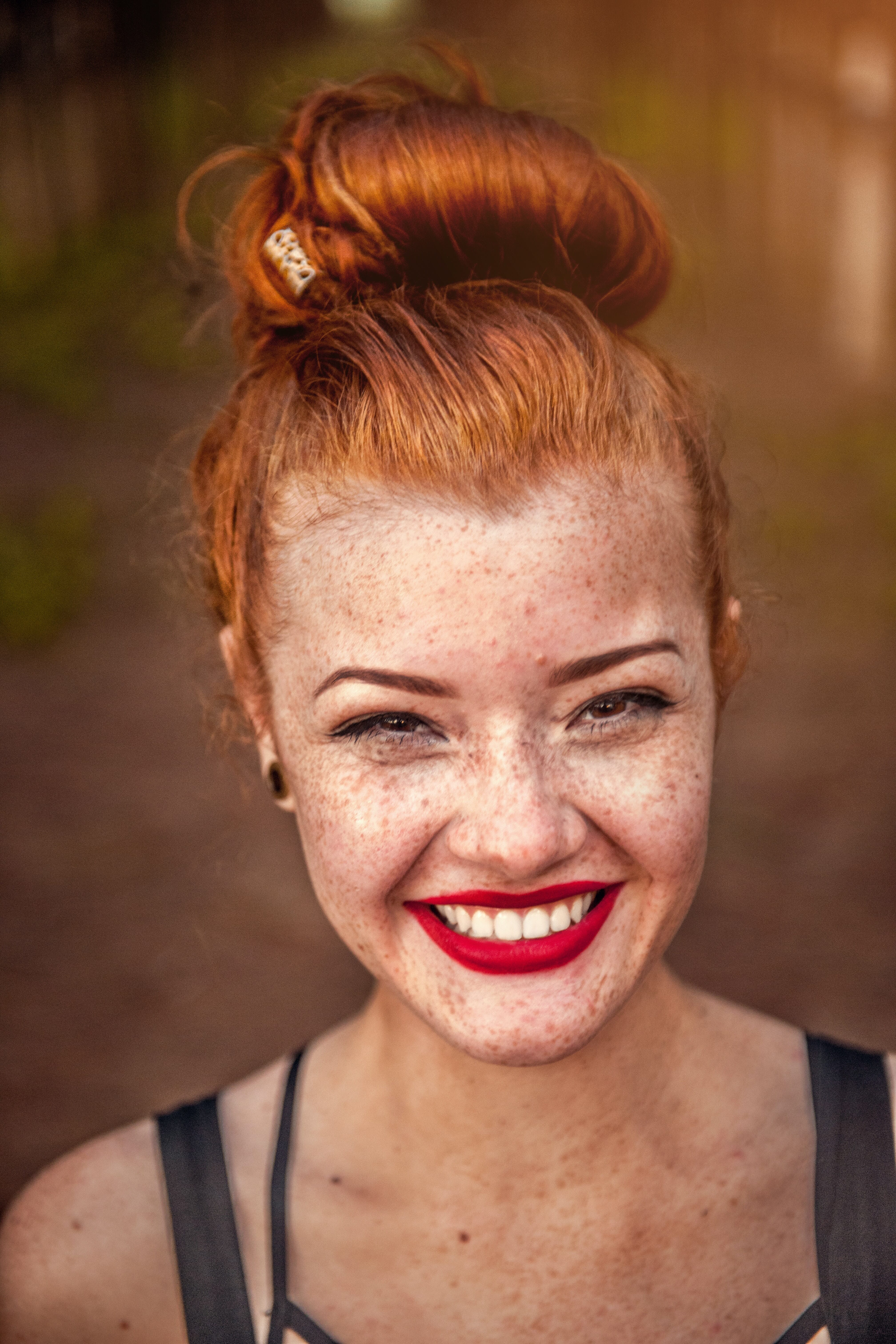
Three-Element Scenes
Three is a very powerful number, even when compared to other odd options, which is why you’ll often want to stick with threes (if possible).
You see, three items can stay distinct without becoming overwhelming. So three cherries, three dogs, and three trees all create nice, simple, beautiful images.
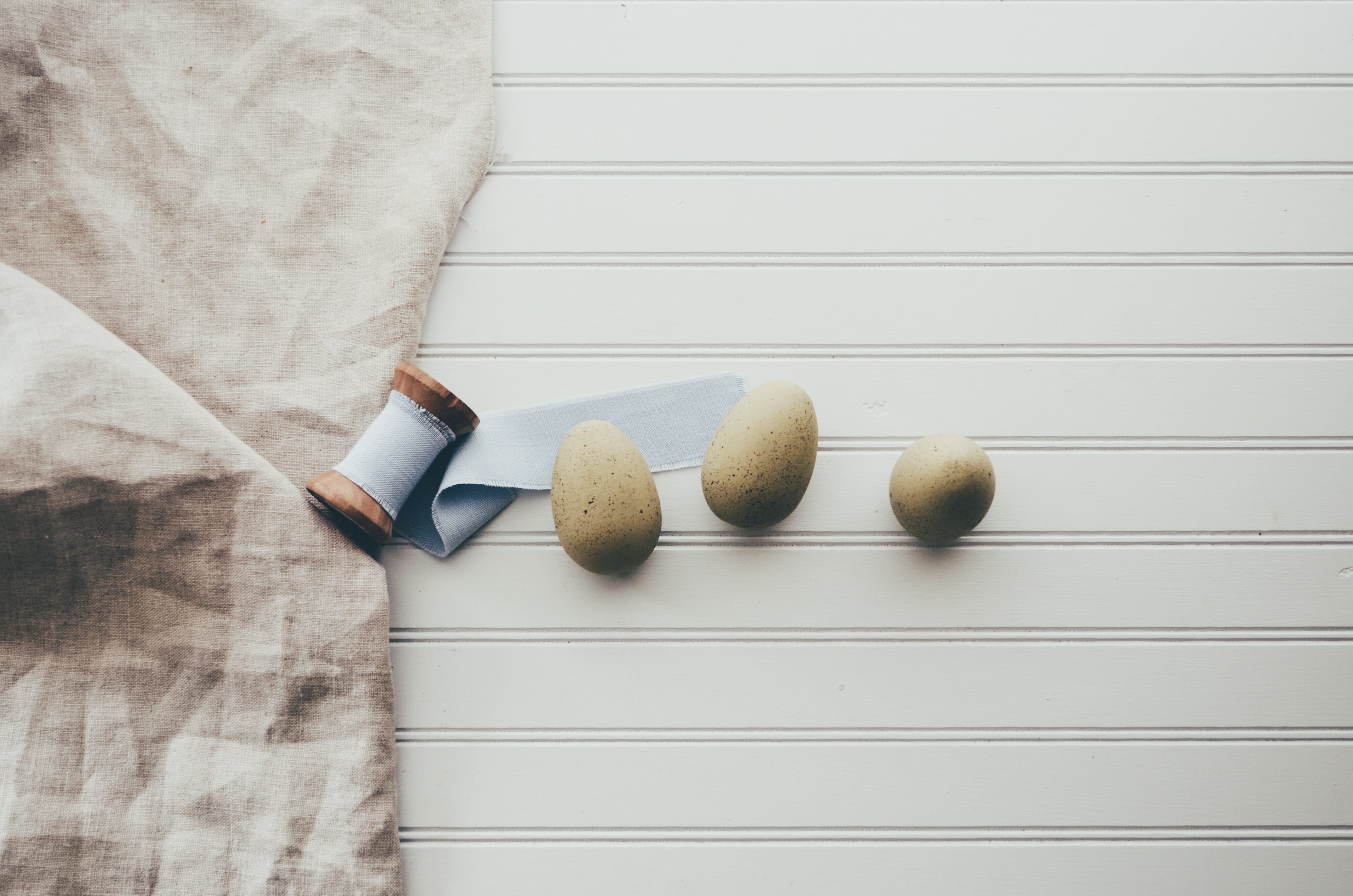
Five-Element Scenes
The more elements you have, the less the rule of odds begins to matter.
Why?
Because the mind struggles to separate large numbers of objects, regardless of their even or odd count.
That said, it’s still possible to separate out five items, which is why it pays to keep bundles of items to five, rather than six or four. If you’re photographing bottles, try to keep the count to five; if you’re photographing a group of flowers, five is a good number to work with.
When to Avoid the Rule of Odds
While the rule of odds will get you some lovely compositions, there are times when you’ll want to throw it out the window.
First, if you’re creating a very balanced, stable, symmetrical image, you can often use two elements; these act like reflections of one another on opposite sides of the composition, and don’t need to be disturbed by a third item.
Second, if you’re creating a near-far composition in landscape photography with a strong foreground subject and a powerful background, you’ll often want to avoid the rule of odds. The two elements may seem like a duo, but they will be grouped separately, and can therefore stand alone.
Third, if you’re photographing standard duos, such as couples and twins, the rule of odds just won’t work. It’s more important to convey the message of the shot–that there are couples, or twins–rather than relying heavily on the rule of odds for a more dynamic image.
The Rule of Odds Vs the Rule of Thirds
Photographers are always talking about the rule of thirds, which sounds a lot like the rule of odds, but is critically different.
You see, the rule of thirds states that the best images have key compositional elements positioned a third of the way into the frame.
Whereas the rule of odds urges you to include odd numbers of elements.
The rule of thirds, therefore, is about using space, whereas the rule of odds is about choosing the number of elements to include.
Note that you can easily use both the rule of thirds and the rule of odds to create a single powerful composition. You could find three of an item, for instance, then position them along a rule of thirds gridline, which is broadly the case in the image below:
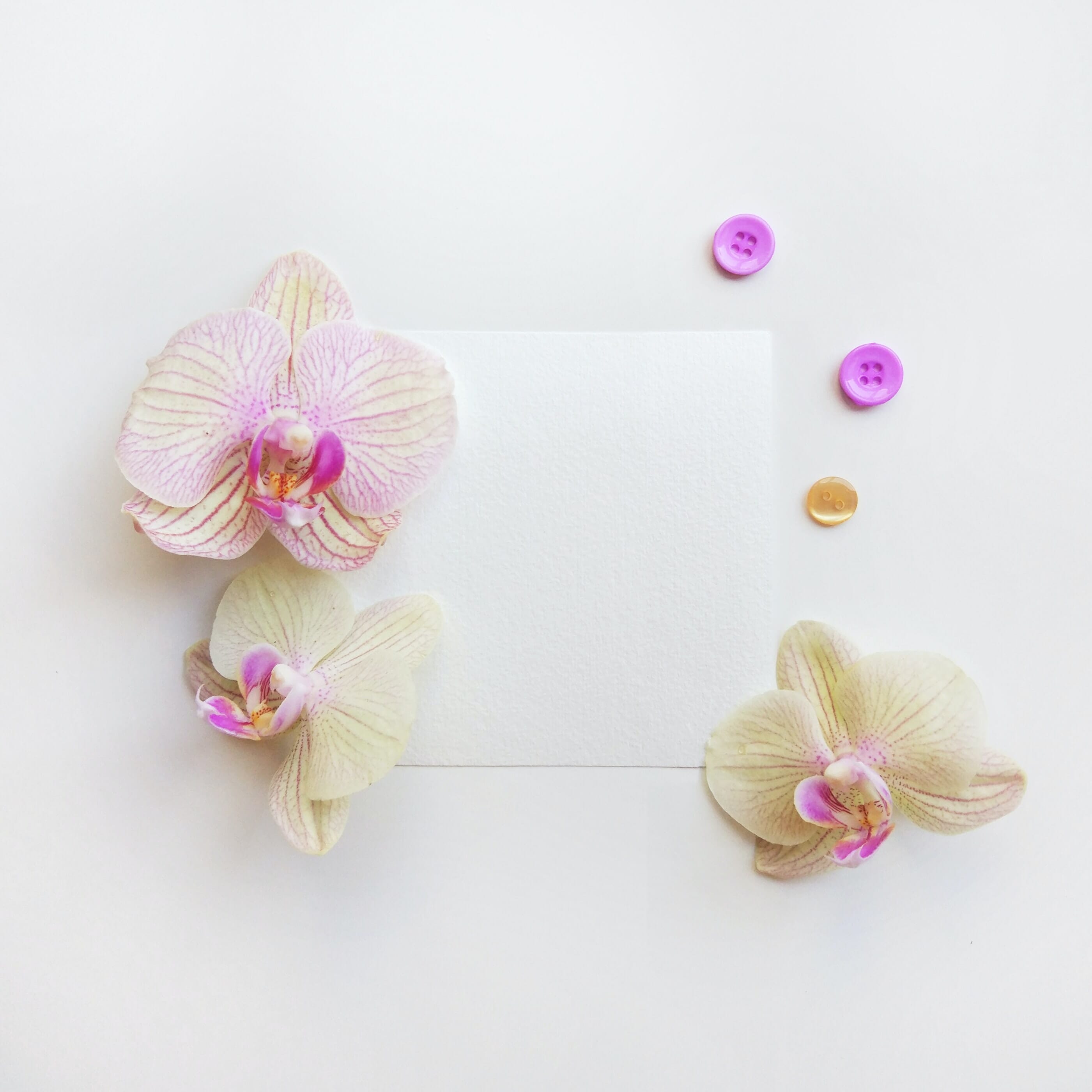
And you’ll end up with a stunning shot!
The Rule of Odds: The Next Step
The rule of odds isn’t an especially well-known photographic guideline, but it can help your images, especially if you’re willing to take an extra few seconds to ensure you have the right number of elements within the frame.
Will the rule of odds revolutionize your images?
Probably not.
But it can improve images that are almost-but-not-quite there, and it can ensure you get the strongest images possible, even in more chaotic situations.
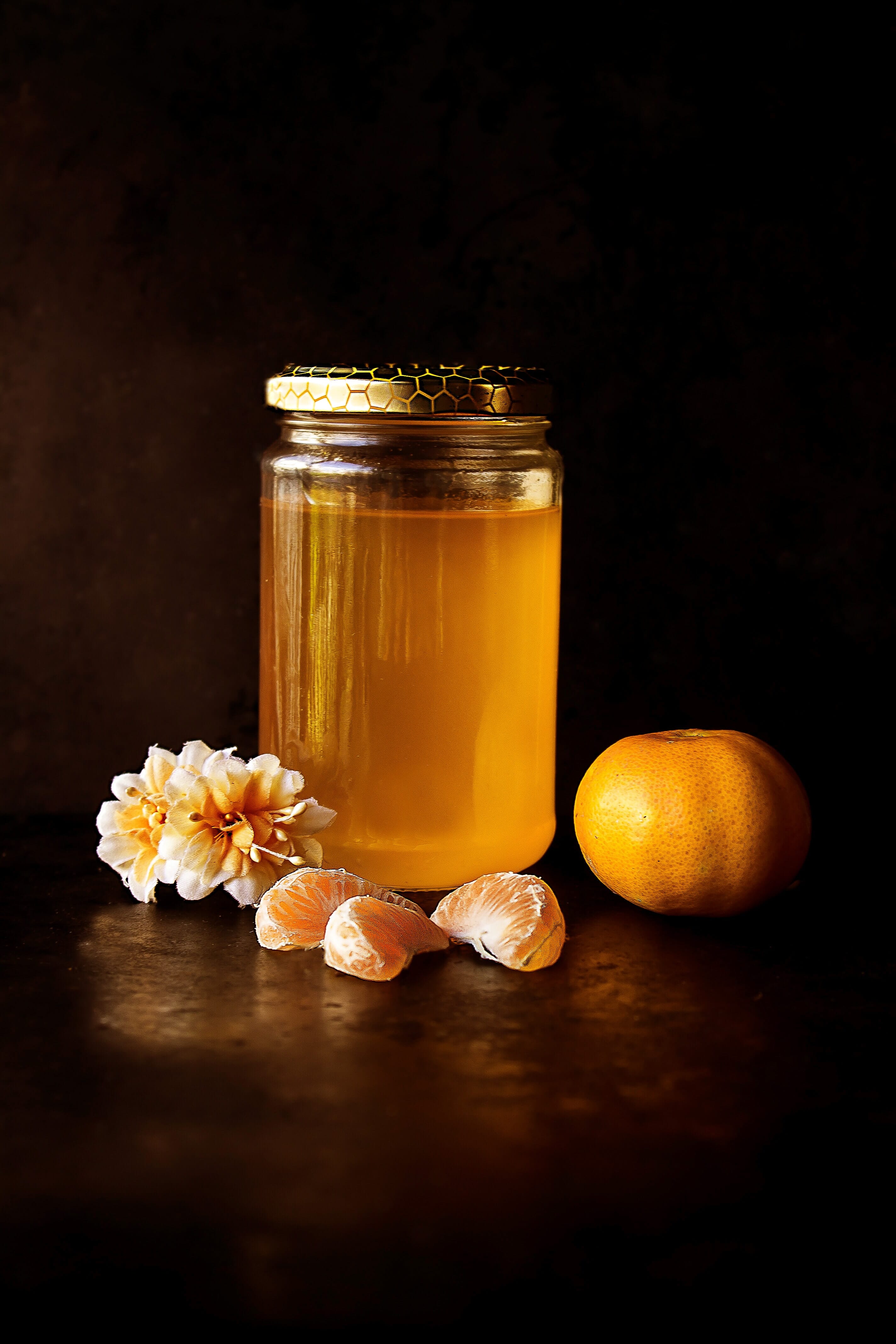
What is the rule of odds in photography?
The rule of odds states that you should include an odd number of elements in your images. For instance, if you have oranges in your photos, you should have one, three, five, or seven. If you have flowers, you should do the same. The idea behind the rule of odds is that human minds tend to group items that come in an even number, which prevents the viewer from fully appreciating the final image.
Is the rule of odds really a photographic rule?
The rule of odds isn’t really a rule. It is a useful guideline, however, and one that will help you create dynamic compositions that really impress the viewer and help them engage with the image.
What’s the rule of odds versus the rule of thirds?
The rule of odds states that you should include an odd number of items in your photos. This helps create more dynamic images, because your mind is able to view each items separately (rather than grouping them together). The rule of thirds, on the other hand, is about positioning your compositional elements; it states that the best compositions have key elements a third of the way into the frame. So it’s possible to use both the rule of thirds and the rule of odds in a composition together! You can also use just the rule of odds, or just the rule of thirds, if you prefer.
How do you use the rule of odds when photographing couples?
It’s not really possible to use the rule of odds when photographing couples. You don’t want to send one of your subjects away, after all! But that’s okay; the rule of odds isn’t meant to be blindly obeyed. Instead, you should use the rule of odds when it fits with the scene you’re photographing, but also recognize when it makes sense to break the rule of odds!
When should you break the rule of odds?
You should break the rule of odds whenever you’re photographing subjects that must come in twos, such as couples. In cases like those, there’s not a feasible way to use the rule of odds, so it makes sense to just let the rule slide. You should also break the rule of odds if you’re after a very symmetrical, in-your-face composition. The rule of odds is great for creating dynamic images, but that’s not always what you want to create; sometimes, it makes sense to create a strong, static composition, such as when working with a clear reflection.